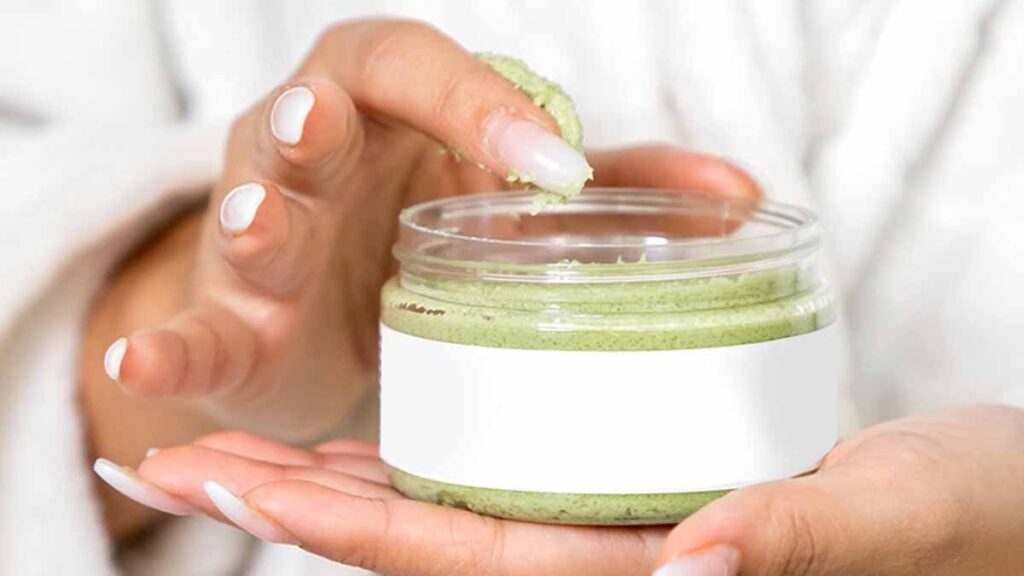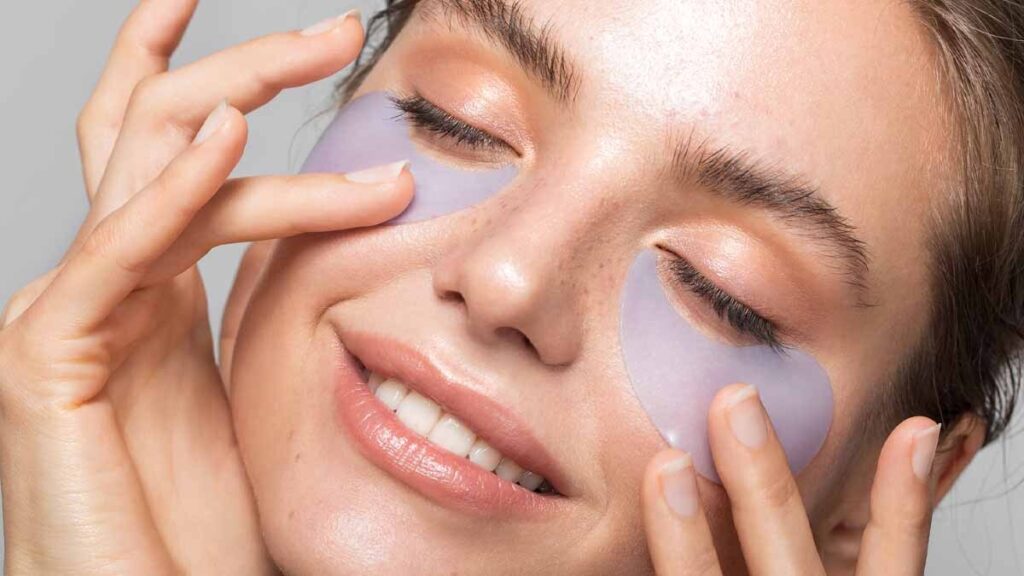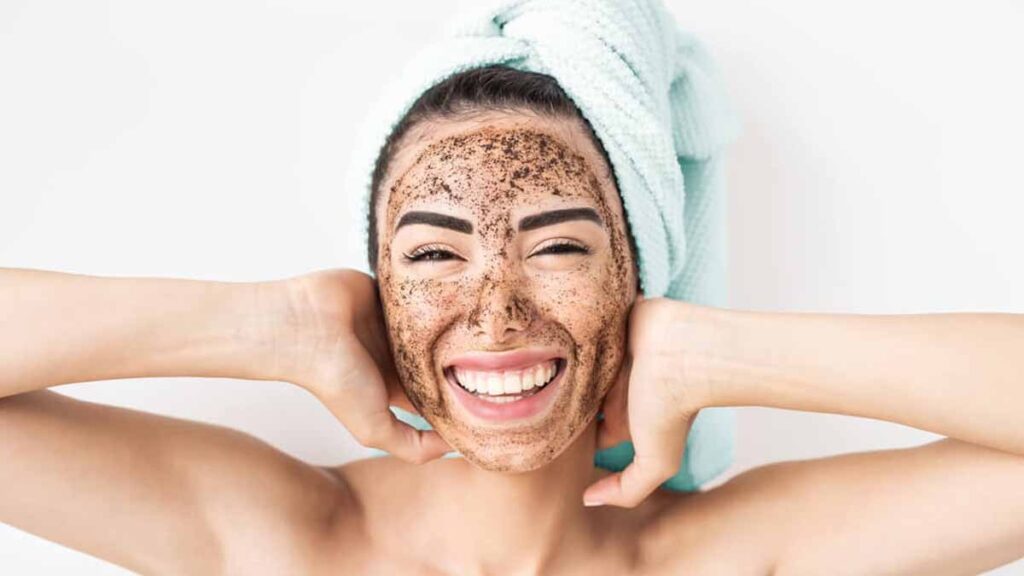
Combination of Cleanser and Scrub: The Perfect Duo for Healthy Skin
The Role of a Scrub A scrub plays a different but equally important role. While a cleanser removes surface-level dirt,

Everyone notices that their face changes as they grow older. But when exactly does your face change the most? What causes these changes? And how can you care for your skin to keep it healthy and glowing?
In this blog, we will explore the ages when your face undergoes the biggest transformations. We will also discuss why these changes happen and what you can do about them. If you want to keep your skin looking fresh and youthful, this guide is for you.
Your face changes throughout your entire life. These changes are part of growing up, aging, and living your unique life. Some changes are subtle, while others can be more noticeable. The key factors that affect your facial appearance include:
Everyone ages differently. But there are general age ranges when the face tends to change the most. Knowing these can help you prepare and take better care of your skin.
From birth through childhood, your face grows and develops. The bones, muscles, and fat pads change shape and size. This early period is full of growth spurts.
During the teenage years, your face changes a lot because of hormones. Puberty brings an increase in hormones like testosterone and estrogen. These affect your skin in many ways:
These changes make your face look quite different than when you were a child. This stage can be challenging because many teenagers struggle with acne and oily skin. But the face is still soft and plump with plenty of natural collagen.
In your 20s and early 30s, your skin is usually at its healthiest and most resilient. Collagen production is still strong. Collagen is a protein that keeps your skin firm and smooth.
During this time, your face changes less dramatically than in teenage years or later in life. However, subtle changes still happen:
Most people look their best during this time. It’s also a great time to establish a good skincare routine. Using sunscreen, gentle cleansers, and moisturizers can help delay visible aging.
Many experts agree that the face begins to change more noticeably between the mid-30s and mid-40s. This is often when people say they start “looking older.”
What happens during this age range?
During this period, lifestyle choices greatly affect how your face ages. Smoking, poor diet, lack of sleep, and too much sun exposure speed up aging.
Good skincare, including hydration, antioxidant serums, and gentle exfoliation, becomes important to slow down the process. Using products with ingredients like retinol can help encourage collagen production.
For many people, the late 40s to 50s mark one of the most significant periods of facial change. This is often related to menopause in women and hormonal shifts in men.
In women, estrogen levels drop sharply during menopause. Estrogen helps keep skin hydrated and thick. As estrogen declines:
Men also experience gradual testosterone decline, which can affect skin thickness and elasticity.
The face’s fat pads continue to diminish and move downward, causing hollow areas under the eyes and in the cheeks.
During this time, many people turn to advanced skincare products and sometimes cosmetic treatments to maintain a youthful appearance.
After 60, facial changes continue but tend to slow down. The skin is usually thinner and less elastic. Wrinkles and lines become more prominent. Age spots and pigmentation changes often appear due to years of sun exposure.
The muscles in the face may weaken, and the skin tends to sag more. This can create deep folds around the mouth and nose.
Even though aging is natural, good skincare and a healthy lifestyle remain important. Hydrating creams, sun protection, and gentle treatments can improve skin texture and comfort.
While your face changes continuously, the biggest and most noticeable changes tend to happen during these three key phases:
Each of these phases brings its own challenges and needs for skincare.
Your face changes because of a mix of factors:
Taking good care of your skin can make a big difference in how your face changes over time. Here are some general tips for every age:
Taking care of your skin with the right products is key to managing facial changes at any age. Jasyn Michael Skincare offers a wide range of products designed to support your skin’s health and youthfulness. Their formulations focus on natural ingredients combined with science to nourish, protect, and repair skin.
Whether you are dealing with acne in your teens, early signs of aging in your 30s, or dryness and volume loss in your 50s, Jasyn Michael Skincare has products tailored to your needs. Using high-quality skincare consistently can help you age gracefully and keep your skin looking its best.
Many people believe some things about facial aging that aren’t true. Let’s clear up a few myths:
You might notice certain signs that your face is changing. Here are common signs and simple ways to respond:
If you feel your facial changes are dramatic or bothersome, seeing a dermatologist or skincare professional is a good idea. They can provide personalized advice, treatments, and advanced care options.
Common treatments that professionals offer include:
Your face changes the most at certain key ages – during your teenage years, your 30s to 40s, and your late 40s to 50s. These changes are natural but can be managed and softened with good care.
Starting early with proper skincare, protecting your skin from the sun, eating well, and avoiding harmful habits like smoking can all help your skin stay healthier longer.
Remember, aging is a part of life. Embracing it while taking care of your skin allows you to look and feel your best at every age.
If you want to support your skin’s health with effective products, consider checking out Jasyn Michael Skincare. Their carefully crafted skincare solutions can help you meet your skin’s changing needs and keep your face glowing through every phase of life.

The Role of a Scrub A scrub plays a different but equally important role. While a cleanser removes surface-level dirt,

Why Skincare Matters Your skin is the largest organ of your body. It protects you from pollution, sun damage, dirt,

Building the Habit of Daily Skincare The biggest mistake people make is thinking skincare has to be complex. In reality,

Why Do Blackheads Appear? Blackheads appear due to multiple reasons. The most common factor is the overproduction of oil by